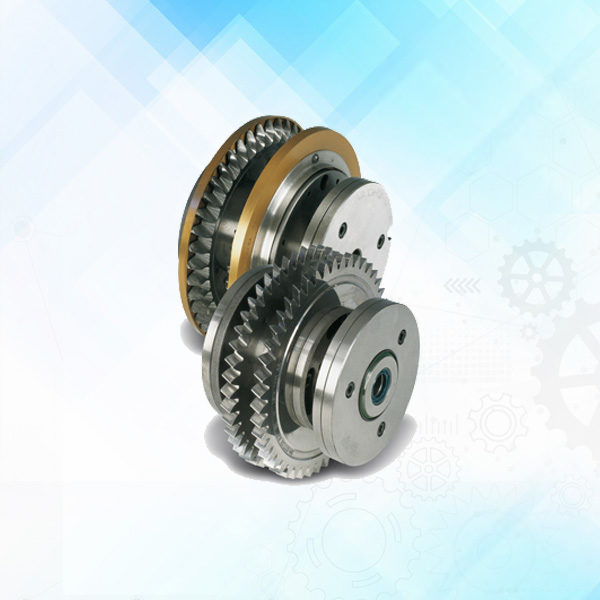Whereas, a roll operation aims to remove the material that builds upon the tooth flanks by plastic deformation during chamfering. This process levels out the surface and causes the material sink.
The chamfering process is essential to prevent edge distortion during heat treatment, protecting the tooth profile against damages that may occur during handling. Our chamfering tools are ideal for spur or helical gears as well as for straight or inclined gear later surface.
They provide a wide range of deburring tools satisfying any applications:
- P Type (Standard tool for straight gear lateral surfaces)
- P 1000 type (Like P type but grooved)
- PR type (with alternate sections for straight gear lateral surfaces radiused to the root)
- PR 1000 type (grooved tool for straight gear lateral surfaces radiused to the root)
- A 1000 type (grooved tool for inclined gear lateral surfaces)
- AR 1000 type (same as A 1000 type but radiused to the root)
- SPR 1000 type (special tool for chain sprockets)
- T 1000 (grooved tool for chamfering turning chamfers on the tooth tip)
The chamfer-rolling tools enable to make the chamfer and roller process at the same time. The secondary burr that is generated during chamfering is removed in the very same operation. By combining both processes, the machine utilizes just one tool head leaving the second tool head free for another operation. Their chamfer-roller tools are optimal for gears with parallel and comma type chamfers.


